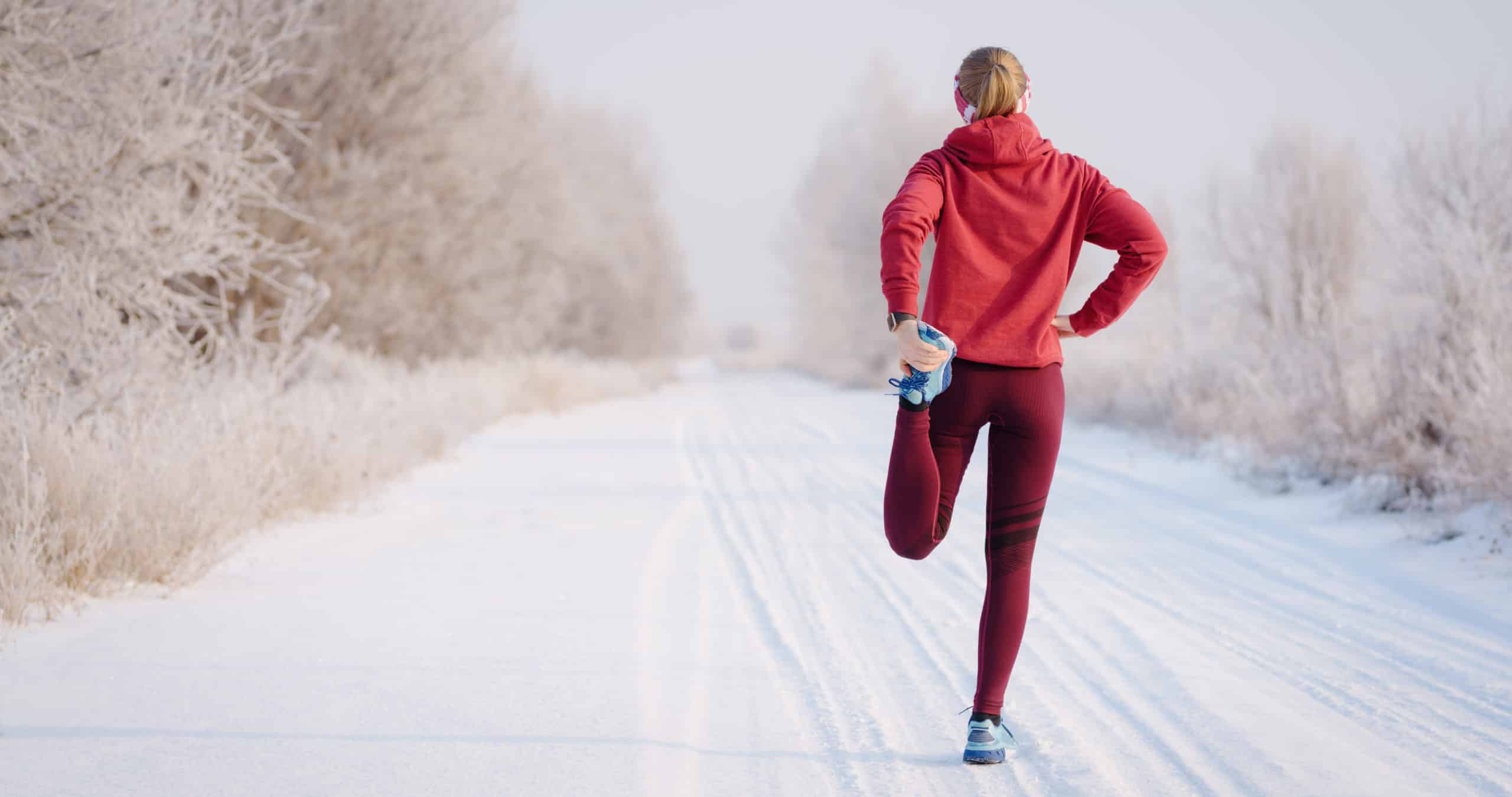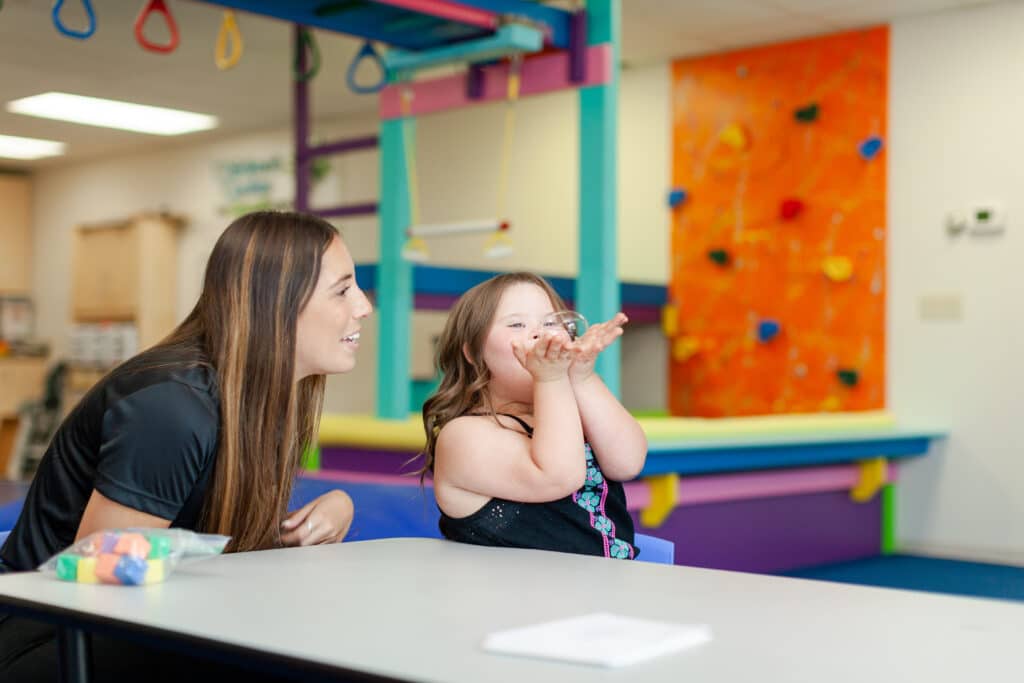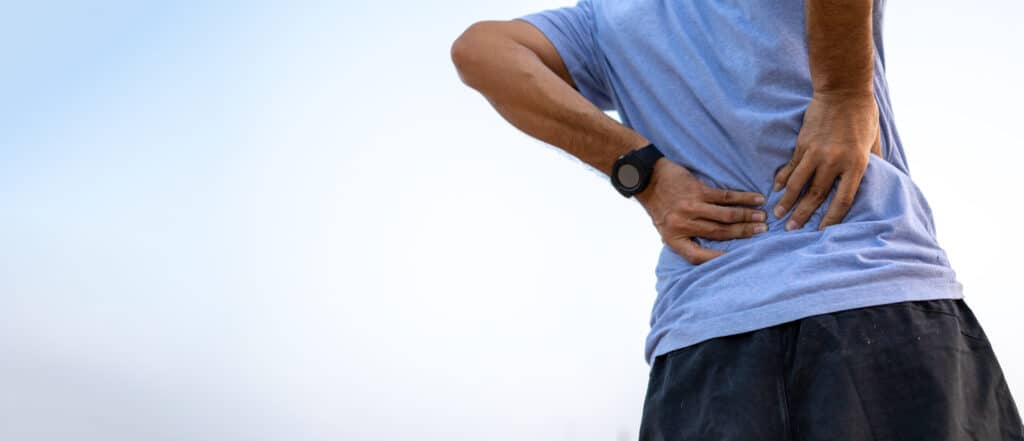The most common skiing injuries that occur in the lower limb, as a result of collisions and falls, are knee sprains/tears, which include Medial Collateral Ligament (MCL) and Anterior Cruciate Ligament (ACL) sprains/tears.
Medial Collateral Ligament
MCL injuries are more common in the beginner and intermediate skier when the ski tips are pointed towards one another in a snowplow position when the skier is trying to slow down or stop.*
Prevention Tips for MCL Injuries
- Make sure your weight is balanced when you are in a snowplow position
- Stay on comfortable terrain
Anterior Cruciate Ligament
ACL injuries often occur when the skier lands from a jump with their weight back on the boot. This causes a significant force on the back of the boot and the force pushes on the calf, which results in spraining or tearing the ACL.* Another common ACL tear is the “phantom foot” phenomenon. This occurs when the skier tries to stand up in order to prevent a fall. All the weight goes on the outside of one ski, and the arms and trunk rotate away from that leg.
Prevention Tips for ACL Injuries
- Land safely with your weight forward – start with simple jumps and gradually advance to more difficult jumps
- Do not try to stand up and go with the momentum of the fall and maintain good ski technique
Tips for Preparing for the Slopes
1. Make sure you have the proper equipment and take a skiing lesson if you have not skied in a while. Prepare yourself three to four weeks before you go skiing with the recommended flexibility, strengthening, and endurance program recommended below:
2. A safe and enjoyable ski season begins with a pre-slope program designed to promote adequate flexibility, strength, and endurance. The scope of the conditioning program is dependent upon the physical condition of each individual.
- Flexibility is among the most vital components of an effective conditioning program. The primary consideration should be given to maximizing the flexibility of the quadriceps, hamstrings, gastrocnemius, soleus, trunk rotators, shoulder girdle, and low back musculature. Long, slow static stretching of these muscle groups is recommended.
- Strength is another consideration. The quadriceps muscle group is of primary concern to the heavy demand placed on it when downhill skiing. Strengthening of the gluteals, hip adductors, and arms are also recommended. Inadequate strength affects ski technique and increases injury risk.
- Endurance should also be addressed in a ski conditioning program. As with the other components of strength and flexibility, the amount of endurance training is relative to the fitness level of the individual. One can choose from running, swimming, cycling, rowing, and elliptical trainer. Endurance workouts may also incorporate a plan that strengthens the muscles used in skiing, as well as increases endurance.
Skiers should also prepare themselves with an adequate warm-up of stretching the upper extremities and the back before getting the skis on in the morning and can even include jumping jacks or jogging in place. Due to the nature of the physical demands of the sport, a run or two on an easier slope is recommended as a final warm-up.
Fatigue is inherent in a full day of skiing. Studies have shown that injury rates are increased toward the end of the day. Beginners should consider skiing a half day until their endurance improves. Care should be taken to monitor physical status and pacing your runs on the slopes with adequate food and water breaks in order to have a safe day.
Recommended Flexibility Program
- Standing quadriceps stretch – pull heel toward buttock until a stretch is felt in front of the thigh, hold 30 seconds, repeat on the opposite side.
- Standing hamstring stretch – Place heel on a bench. Slowly lean forward reaching down towards your shin until a stretch is felt at the back of the thigh. Keep the knee straight and back straight, hold 30 seconds, repeat on the opposite side.
- Calf stretch – Keeping back leg straight, with the heel on the floor and turned slightly outward, lean into the wall until a stretch is felt in the calf, hold 30 seconds, repeat on the opposite side.
- Standing trunk rotation stretch – Turn shoulders to one side while keeping hips forward, hold 30 seconds, repeat on the opposite side.
- Standing trunk lateral flexion stretch – Reach over and upward while sliding opposite arm down the leg, hold 30 seconds, repeat on the opposite side.
Recommended Strengthening Exercises
- Circuit training
- Free weights
- Isometric strengthening in the “downhill position”
Movement experts here to help!
Our licensed physical therapists specialize in helping people improve and regain their flexibility, strength, balance, and endurance. Our highly certified clinicians offer customized plans of care to help each person reach their individual goal. Interested in working with one of our movement experts, give us a call today! Click here to find a location near you and ask about our sports injury screenings.
Article Reviewed by Holly Lookabaugh-Deur, PT, DSc, GCS, CEEAA
Holly Lookabaugh-Deur, PT, DSc, GCS, CEEAA is a practicing physical therapist and a partner and Director of Clinical Services at Ivy Rehab Network. Deur is board certified as a geriatric clinical specialist and certified exercise expert for aging adults with more than 35 years of clinical experience. She is certified as an aquatic and oncology rehabilitation specialist and serves as adjunct faculty at Central Michigan University and Grand Valley State University.
*Source MoveForwardPT





